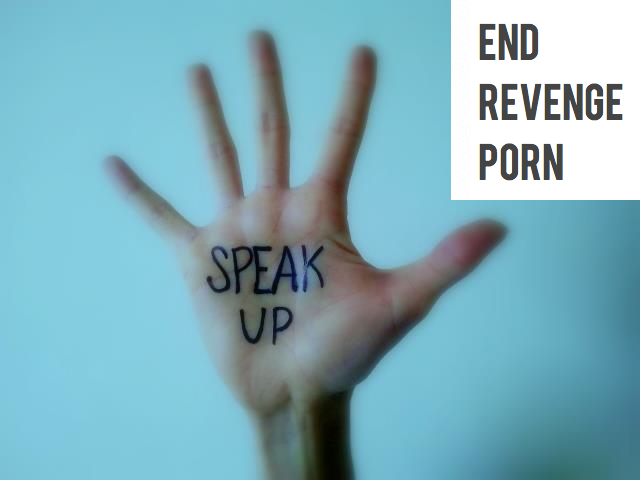|
‘Sexting’ is typically referred to as sending a nude photo through a phone. There is nothing new about sharing a nude photo with a beloved. You just used to have to go to a seedy photography shop to get your film developed, or use a Polaroid and hand it over. The chances of lots of people seeing the photo were low. Remember needing to spring for double prints? Now, within seconds, thousands of people can see your nude photo depending on which app or website it gets uploaded to. Stats on the prevalence of sexting among teens are unclear, because studies range between 9%-60% (1, 2) of teens reporting that they have ever shared a nude image of themselves. So it’s difficult to tell how common sexting actually is. In order for us to address sexting in a realistic way with teens, we must first understand the sexual culture they live in that normalizes sexting.
2 Comments
You may be thinking your kids are downloading apps because they are just a simple way for them to keep in contact with their friends. This is certainly true for most kids, but unfortunately, even innocent use of most of these apps can land a kid in a situation he/she never intended to be in.
Here are some apps that are popular among kids and why they are potentially problematic for them: Talking about ‘the birds and the bees’ with your kids has never been easy for any generation, but it has also never been as important to do as it is today. If you don’t talk about ‘the birds and the bees’ with your kids, the internet will. In the internet version, the birds and the bees have an orgy and they record it. Then one of the birds posts the video on an inter-species revenge porn site and as a result, one of the bees can’t get into the college of her choice. In other words, your kids are learning about sex whether or not they get comprehensive sexuality education at school, whether or not their friends are abstinent or sexually active, and whether or not you have had ‘the talk’.
A documentary called Porn on the Brain aired in the UK, but you can watch it on YouTube for a limited time. I recommend it, but there are some intense images and subject matter, so keep that in mind before watching. Like all documentaries, there is an agenda. However, I think this documentary’s agenda is more than reasonable. To me it seems that they have highlighted what a lot of folks know to be true: Internet pornography is not the same as the pornography from "back in the day" and use of it in adolescence is pervasive. Yet, no one is talking about it.
Some excellent progress has been made to put an end to revenge porn this week. Revenge porn is essentially an image or video of someone who is nude or engaging in sexual activity, that is posted on the internet without the consent of the person in the image or video. Last month, Erica Goode at the New York Times wrote about the experiences of female victims with ex-partners who decided to get "revenge" on them by posting private nude images online. Now, there will be a criminal penalty for anyone in California who is convicted of posting sexual images of someone online without their consent, thanks to the Anti-Revenge Porn Bill that was signed into action on Tuesday, October 1, 2013. Before this law, if someone wanted to pursue legal action toward someone who posted images without their consent, they had to go through costly civil court proceedings to sue for defamation of character and/or privacy infringement.
|
About this Blog:I'm here to help us discuss sexuality, gender, and media by integrating information from academic and mainstream sources. I hope this resource produces more sexually competent people who raise sexually competent kids. Categories
All
|



